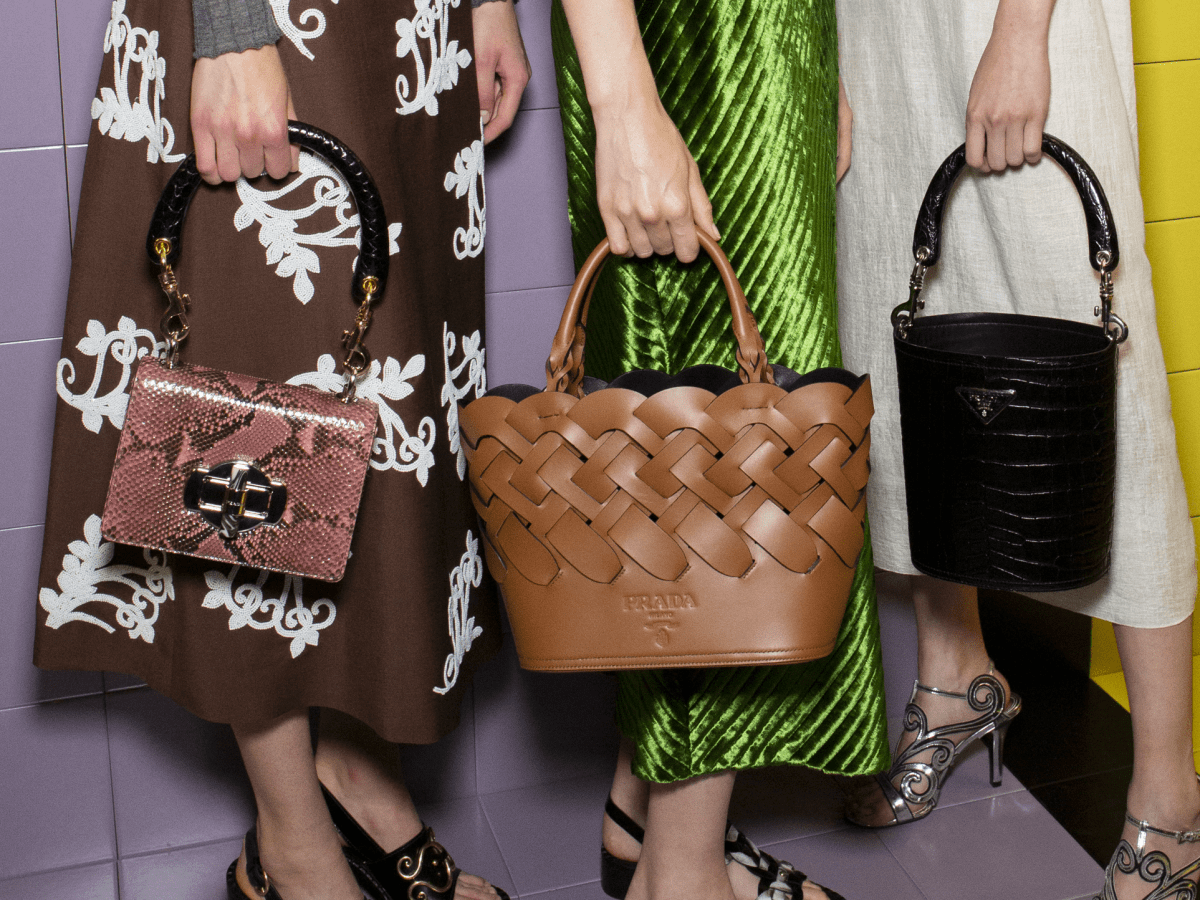Prada’s currently released line of bags may have regarded as familiar and not actually due to their iconic silhouettes. Its new Re-Nylon range presenting six bags for men and women, will all be made from recycled nylon cloth, Econyl.

Produced using Italian artificial textile manufacturer Aquafil, Econyl uses waste like fishing nets and business plastic from landfills and recovers the usable nylon. This nylon waste is then processed and recycled to its original shape, which means that Econyl is a regenerated fabric. It can be recycled indefinitely without affecting its excellent, says Prada.
Now in its 8th 12 months of production, Econyl has been picked up via sports manufacturers like Speedo and Adidas, in addition to fashion groups like H&M and Stella McCartney. The versatility way it has also been adopted via interior brands is useful for making carpet and flooring.
Econyl’s popularity indicates how pressing trouble sustainability has ended up within the clothing enterprise. If speedy fashion the habit of buying reasonably-priced, fashion-led items maintains, it is predicted that the enterprise will devour 1 / 4 of the sector’s annual carbon finances using 2050. And as style brands increasingly come below criticism for their element within the weather crisis, they need to seem as eco-conscious as possible.
Sustainable textiles
Prada hopes that all its nylon accessories will be made with Econyl by 2021, but the regenerated nylon is away from the most effective sustainable fabric on offer. Piñatex is a herbal textile made from pineapple leaf fiber. Developed by way of Carmen Hijosa, a leather items clothier, it’s far crafted from the fruit’s leaves, which might be usually discarded at some stage in the pineapple harvest.
That approach the procedure calls for no extra farming. The company says that the method helps rural groups in the Philippines, in which it’s miles made, through creating a new supply of profits for farmers that, in any other case, rely on a seasonal harvest.
The ensuing fabric is a gentle and sturdy leather alternative that can be utilized in clothing, add-ons, and interiors. In April, Swedish style brand H&M launched a couple of cowboy boots crafted from the material as part of its sustainability-centered line, Conscious Collection.
To create a leather-based alternative, Californian began-up Bolt Threads, grew to become to the vegetable global, using mycelium (mushroom roots) to create Mylo. This manufacturing manner is quicker and also does no longer require cattle-rearing. A 2014 UN record showed that greenhouse gas emissions from agriculture, forestry, and fisheries have almost doubled over the last fifty years and will grow by way of 30% using 2050 if the cutting-edge charge maintains.
The V&A’s latest Fashioned from Nature exhibition, which explored the connection between fashion and where it resources its textiles, included a Stella McCartney handbag crafted from Mylo. Bolt Threads also studied spider DNA and silk production to create Microsilk, a silk alternative that avoids an awful lot of the conventional pollutants because of textile manufacturing. The corporation says it combines the fine parts of silk flexible and breathable with new upsides, specifically that it is less difficult to wash.
Other sustainable alternatives from the herbal world include US shoe start-up Allbirds, which last 12 months used the pulp from eucalyptus bushes to create its Tree Runners line. Meanwhile, Brooklyn-based AlgiKnit headed to the seas, using kelp, a form of seaweed, to create sustainable yarn for footwear, accessories, and interiors.
Though these techniques would possibly appear futuristic, these merchandises are not only a current phenomenon. Lyocell, a sort of artificial cotton, turned into initially developed inside the 1970s by way of an American fiber organization. Popular amongst excessive road manufacturers, from Anthropologie to AllSaints, it uses biodegradable solvents and renewable wood material to create a closed-loop recycling system.
Lenzing, the world’s main manufacturer of lyocell, announced its plans to build the world’s largest lyocell production plant in Thailand. With funding of €four hundred million (£360 million), the Austrian organization’s new plant may have an annual capacity of a hundred million kilograms of the material.

